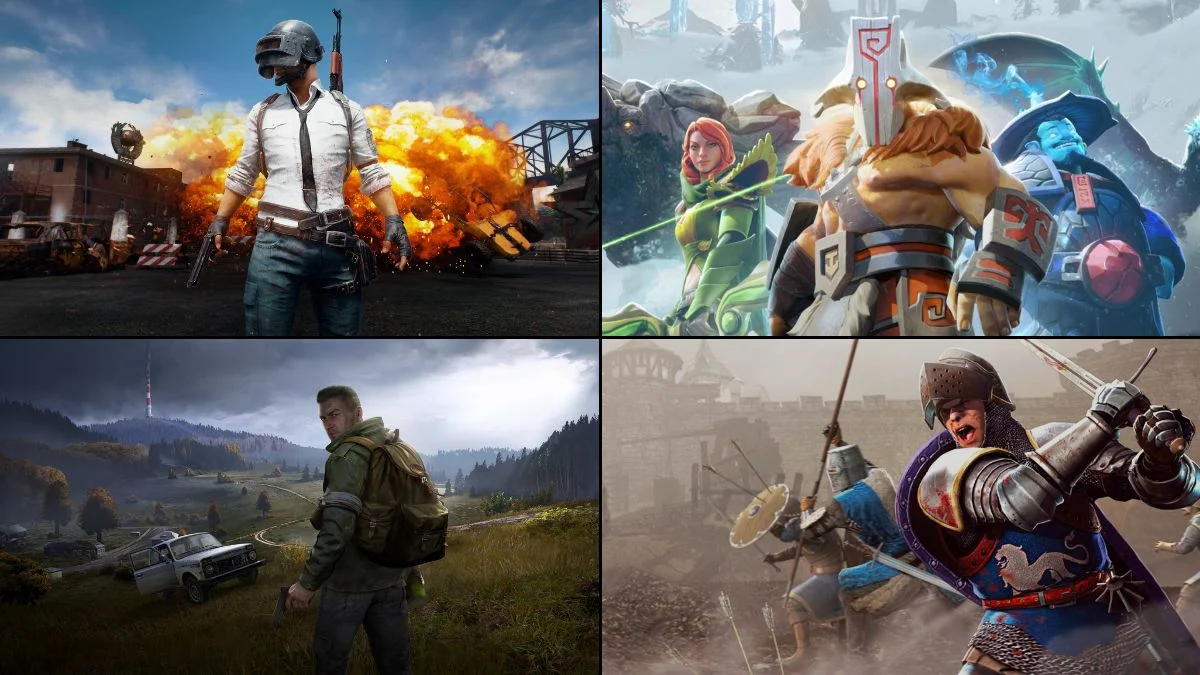
Many popular games actually started as fan creations, built using the tools from existing games. These developers tested their ideas, gained players, and eventually formed studios to release their projects as full, independent games. Here’s a look at twenty well-known titles that began as modifications (‘mods’) of other games, detailing their origins, how they became standalone releases, and the changes they underwent along the way.
Counter-Strike
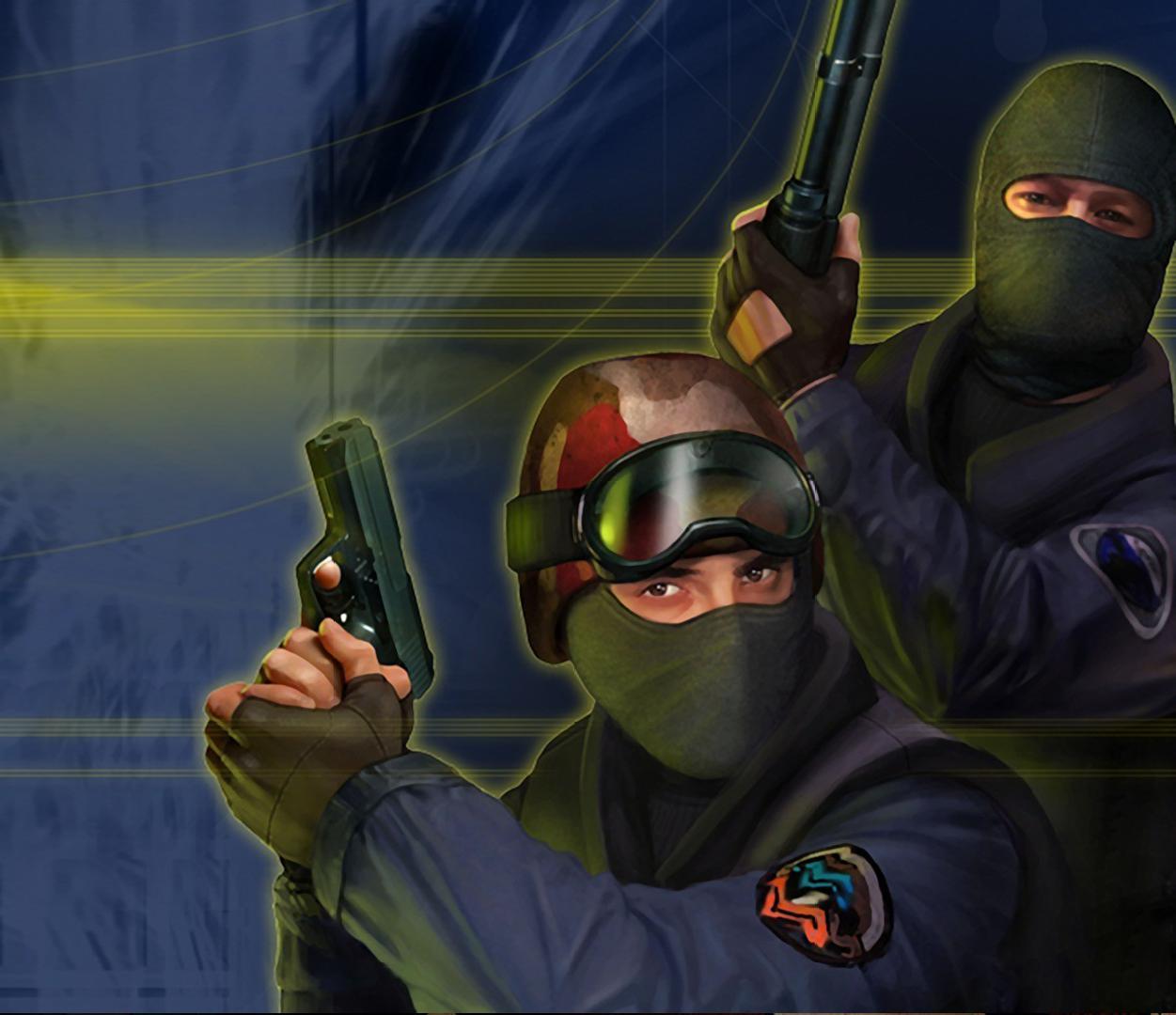
I first got into this game way back when it started as a mod for ‘Half-Life’ in 1999 – it was created by Minh Le and Jess Cliffe. It was so good, Valve actually bought it and released a full version in 2000, and they’ve been updating it ever since! What really set it apart was the way it played – rounds where you either had to defuse a bomb or rescue hostages, and you had to earn money to buy your weapons and gear. It was seriously innovative, and it basically created the competitive shooter scene we know today. It’s amazing to think it eventually led to games like ‘Counter-Strike: Source’ and now ‘Counter-Strike 2’!
Dota 2
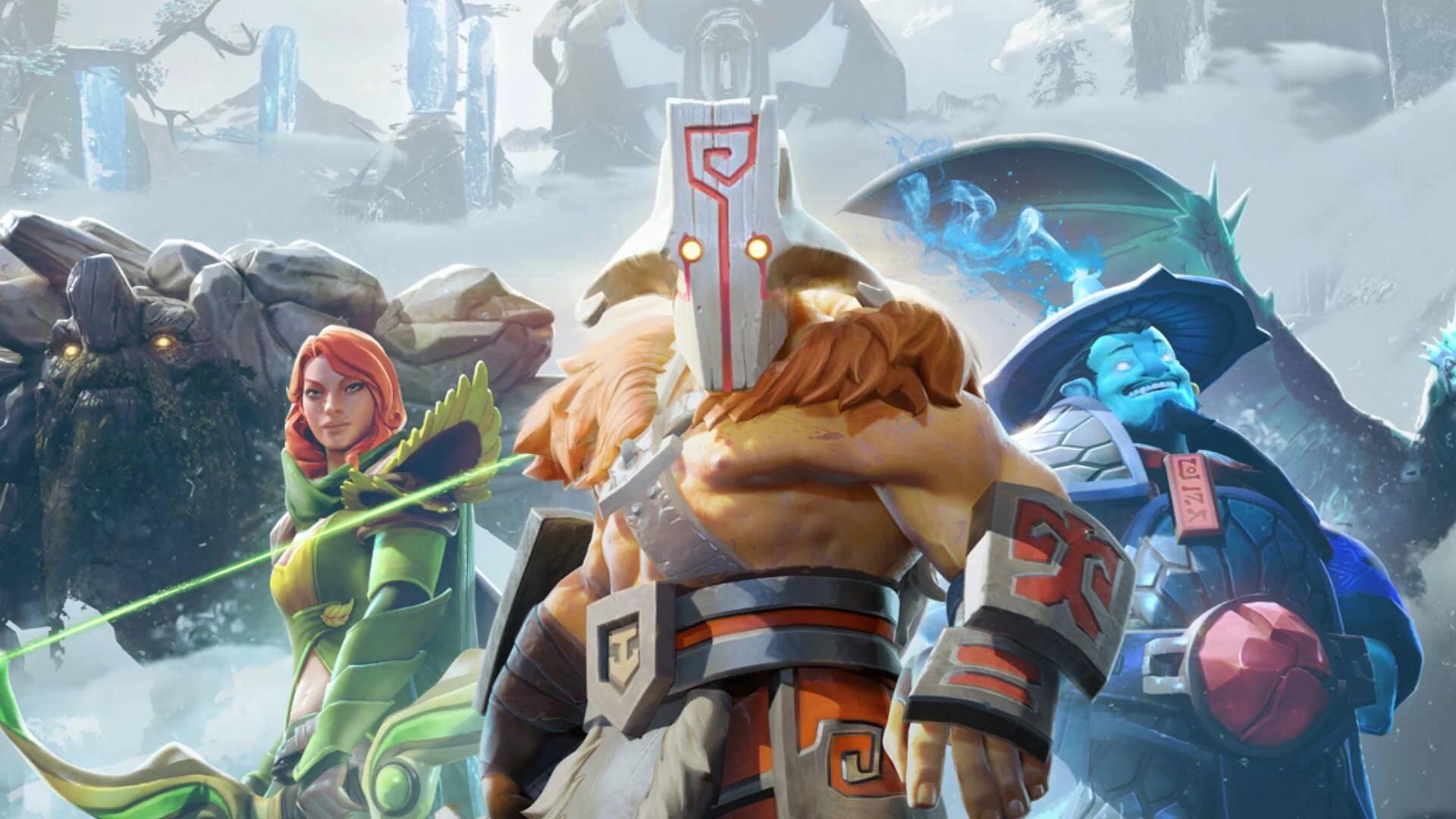
‘Defense of the Ancients’ started as a fan-made map within the game ‘Warcraft III’, created using its built-in tools. Valve then brought on the map’s creators to develop ‘Dota 2’, a completely separate multiplayer online battle arena (MOBA) game, which launched in 2013. ‘Dota 2’ refined the core elements of the original, like hero powers, pathways, and item choices, creating a complete gaming experience. It quickly became a major esport, hosting large, competitive tournaments every year.
Team Fortress
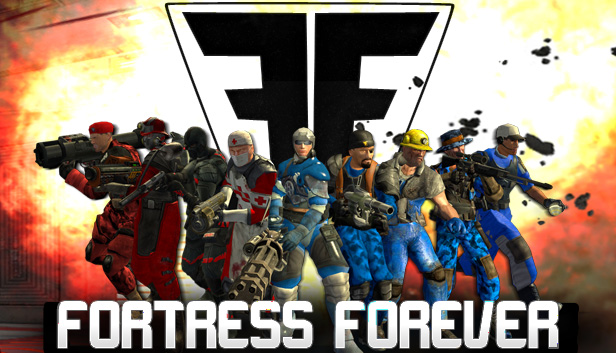
Team Fortress began as a fan-made modification for the game ‘Quake’ in 1996, created by modders from Australia. Valve, impressed with the mod, hired the team to develop ‘Team Fortress Classic’ using the ‘Half-Life’ game engine, and later created ‘Team Fortress 2’. The game’s defining feature – distinct character classes with specialized roles like Medic and Demoman – became a blueprint for team-based games focused on completing objectives. The story of Team Fortress demonstrates how a simple mod can evolve and thrive across different game engines and over many years.
DayZ
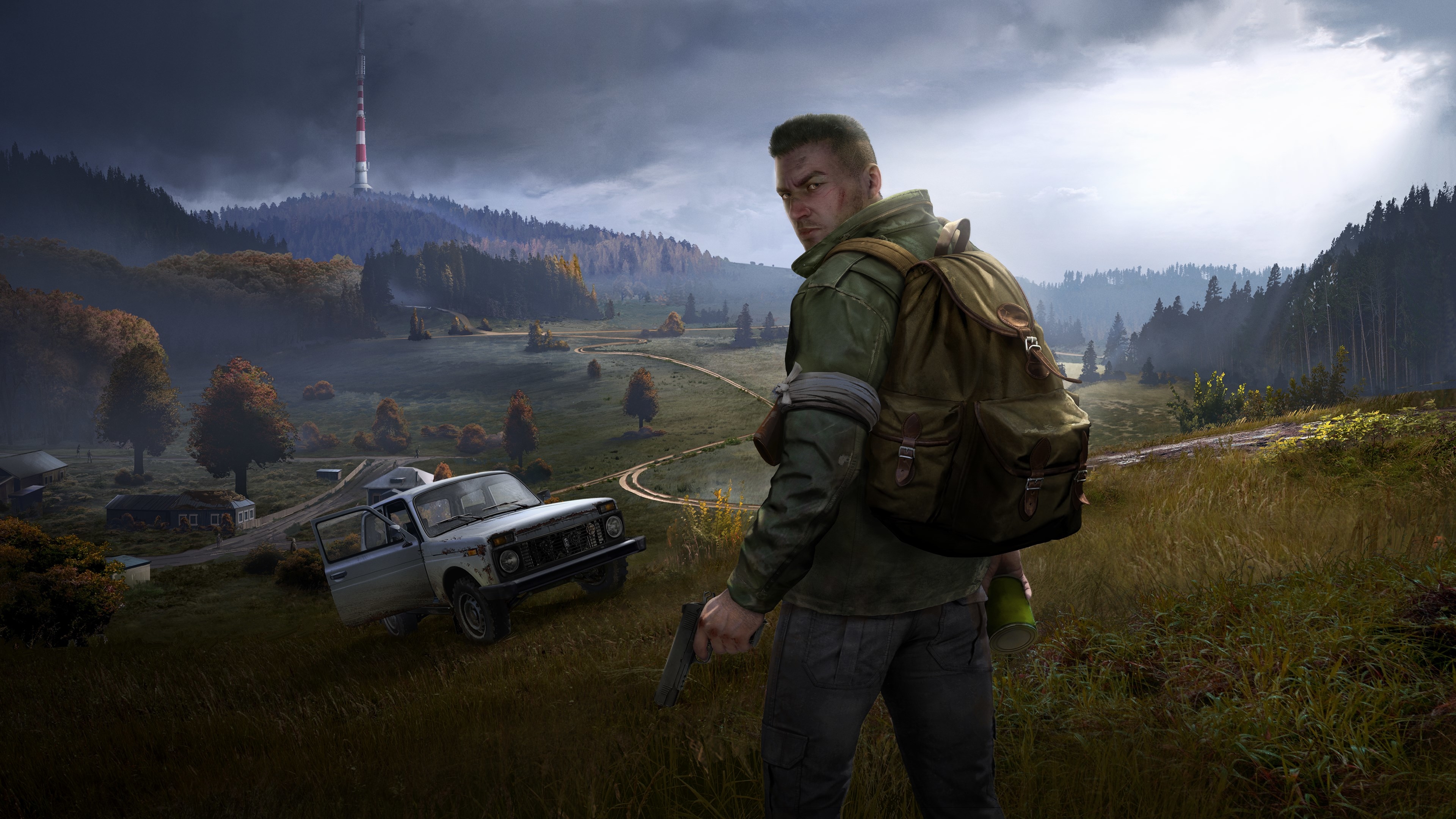
DayZ started as a modification for the game ‘ARMA 2’ in 2012, made by Dean Hall. This mod introduced features like characters that continued to exist over time, the risk of permanent death, and the need to search for supplies in a large, open world. In 2013, a separate, standalone version was released as an ‘Early Access’ title, receiving regular updates and systems to prevent cheating. DayZ played a key role in making open world survival games, where players interact in unpredictable ways, more popular.
PlayerUnknown’s Battlegrounds

PUBG started as modifications (‘mods’) for the games ARMA 2 and ARMA 3, created by Brendan Greene, and evolved through his work on H1Z1. The full game launched in 2017, featuring a constantly shrinking play area and large matches. By becoming a standalone game, PUBG improved how players connected and the overall performance, especially with many players in one game. This success inspired many other battle royale games to be created.
Garry’s Mod
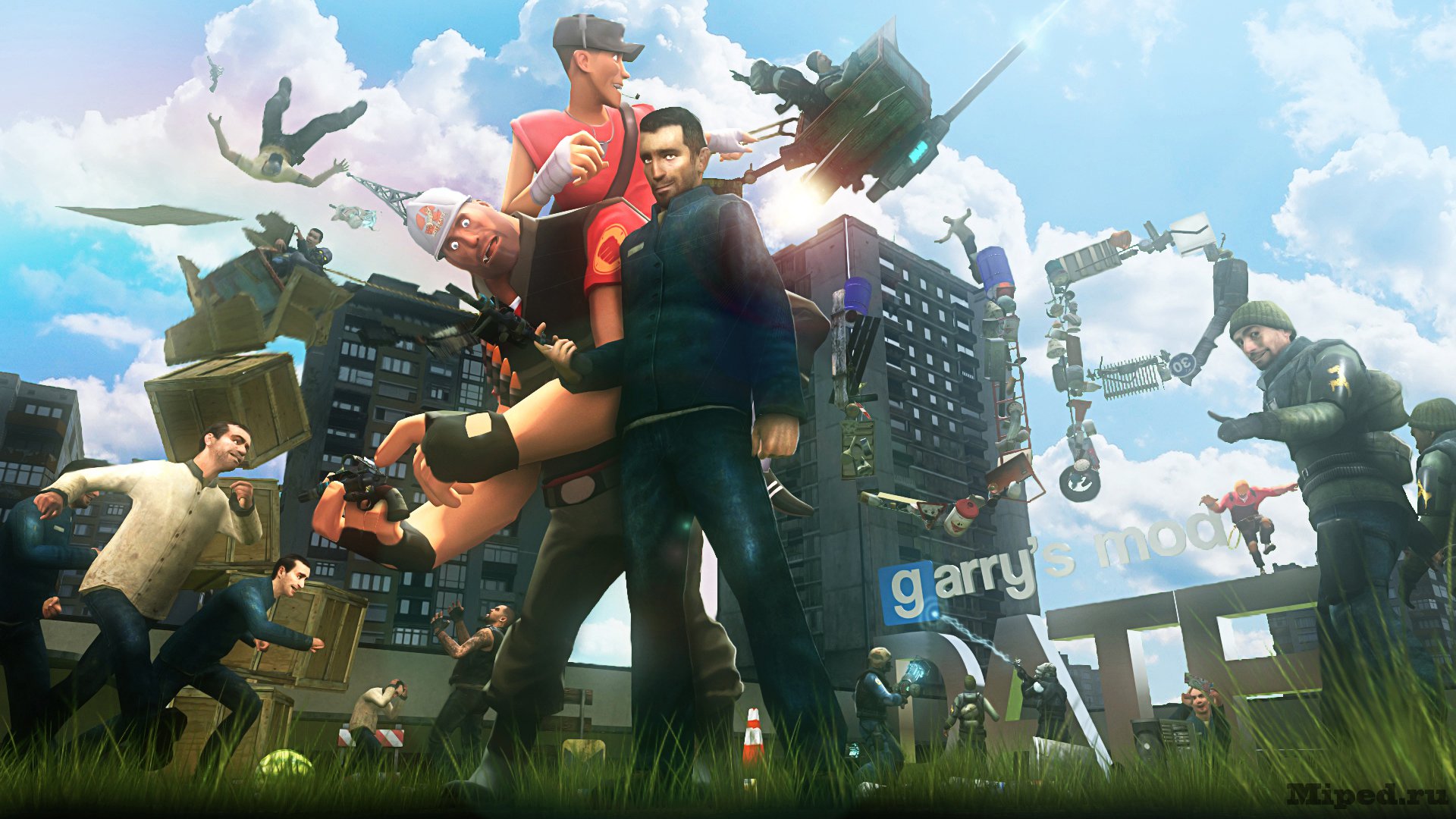
Garry Newman’s creation started as a simple add-on for the 2004 game ‘Half-Life 2’, letting players experiment with physics-based objects. It grew into its own game on Steam, featuring scripting capabilities and a huge collection of player-created content. Players can build anything they imagine, create complex machines, and even host their own custom games on shared servers. This project demonstrated how tools for modifying games could become a full-fledged platform in themselves.
Killing Floor
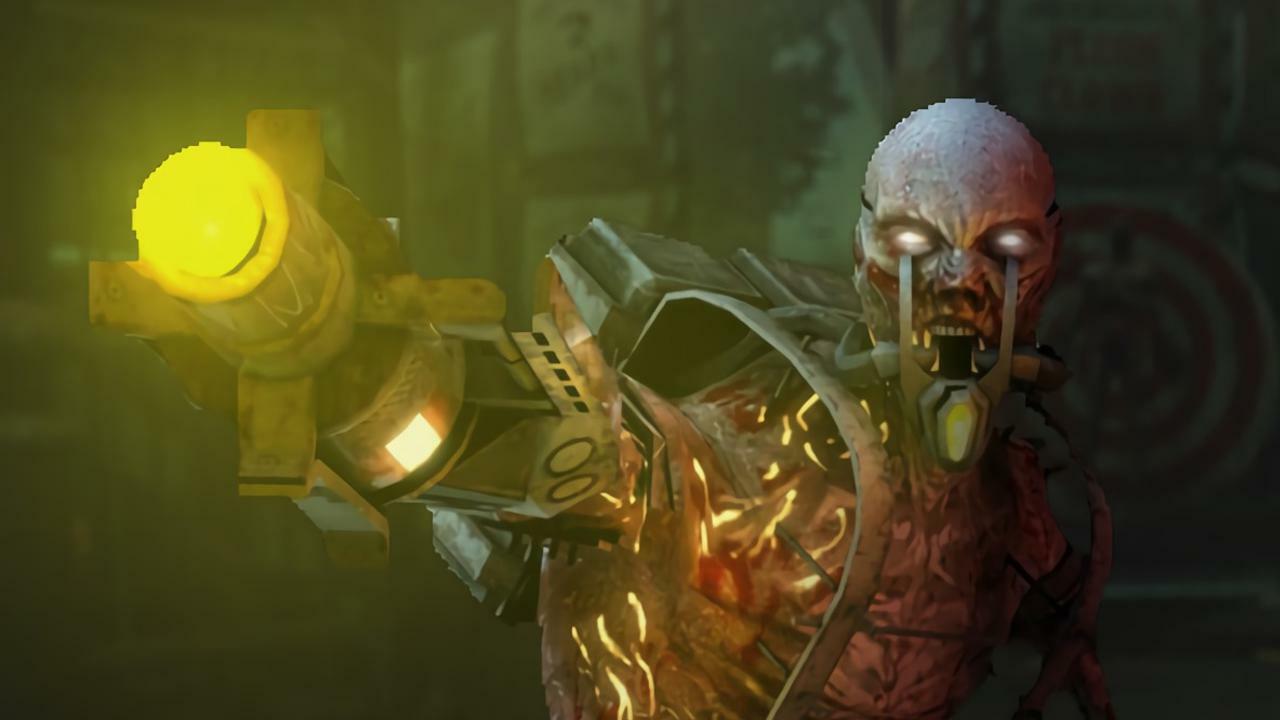
Originally a modification for ‘Unreal Tournament 2004’, this cooperative shooter became a full game in 2009 thanks to Tripwire Interactive. It features wave-based combat where players earn money to upgrade their weapons between rounds. The game proved popular, leading to sequels and ongoing new content.
Insurgency
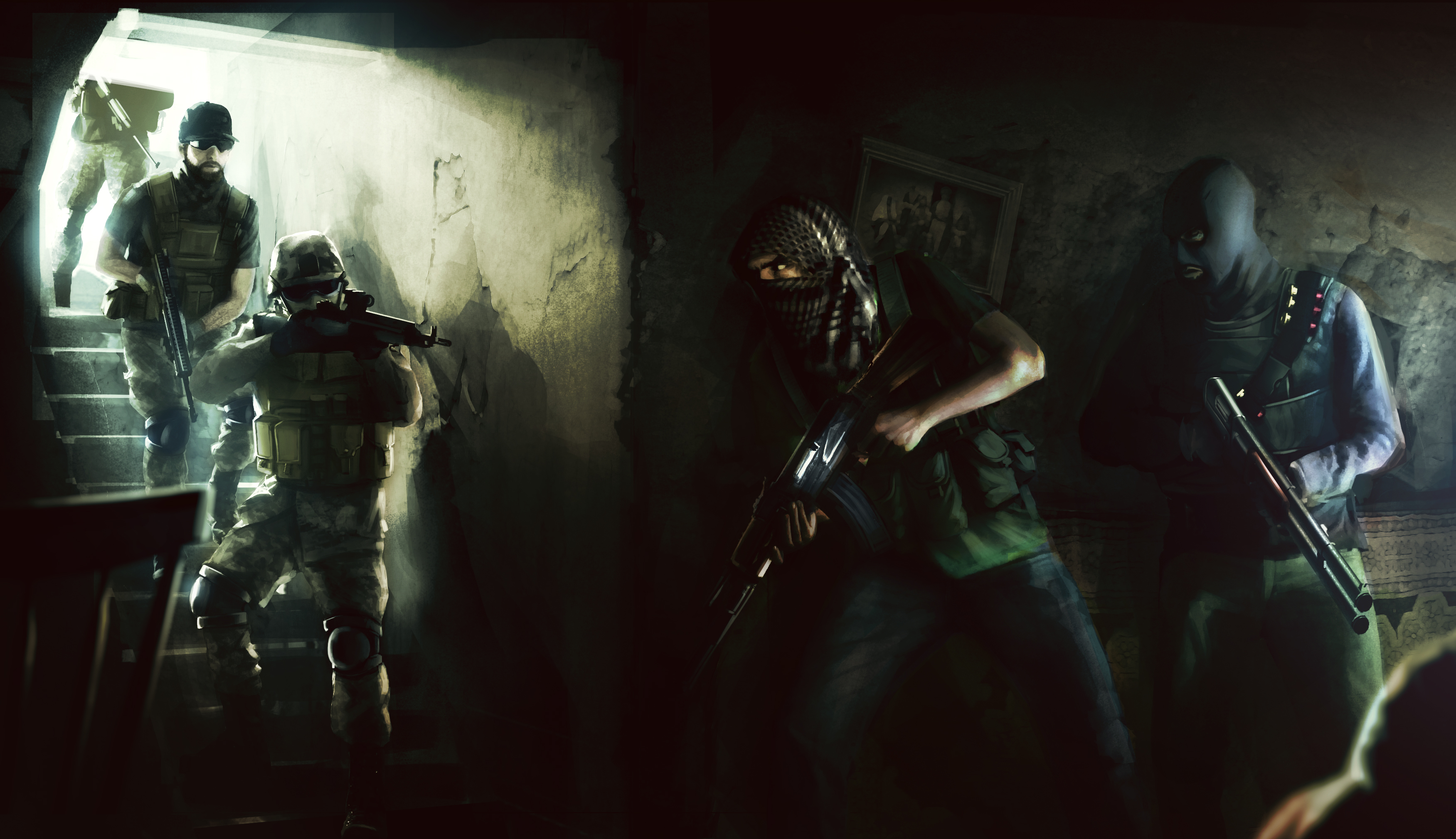
Originally starting as a modification for the game ‘Half-Life 2’ called ‘Insurgency: Modern Infantry Combat’, the game was later released as a standalone title by New World Interactive in 2014. This version focused on realism, with accurate bullet physics and a simplified on-screen display. The game prioritized cooperation, covering fire, and capturing objectives, rather than fast-paced, arcade-style gameplay. Ongoing development then led to the creation of ‘Insurgency: Sandstorm’ built on a new game engine.
The Stanley Parable

This project began as a modification for the game ‘Half-Life 2’ in 2011, using assets from that game. It was then released as a complete, standalone experience with new content and professional voice acting. The game lets players make choices that explore themes of control and how games are designed. Subsequent versions added more options and improved the visuals to reach a broader audience.
Dear Esther
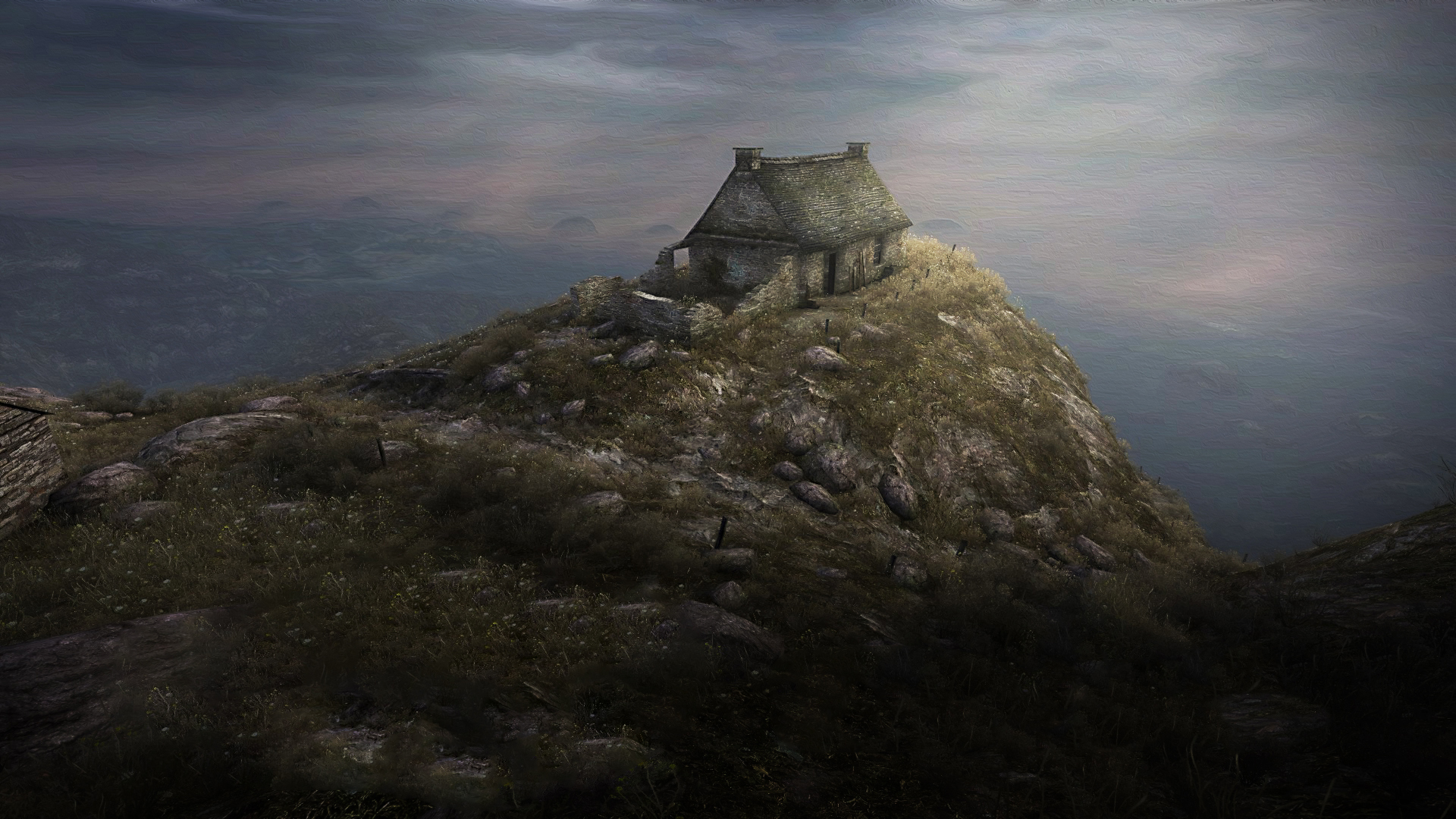
This game began as a modification for ‘Half-Life 2’ in 2008, emphasizing exploration and storytelling. In 2012, the creators, The Chinese Room, reworked it into a separate game with updated visuals and sound. It became a key example of the ‘walking simulator’ genre, prioritizing narrative delivered through the environment and character dialogue over traditional gameplay like combat.
Red Orchestra: Ostfront 41-45
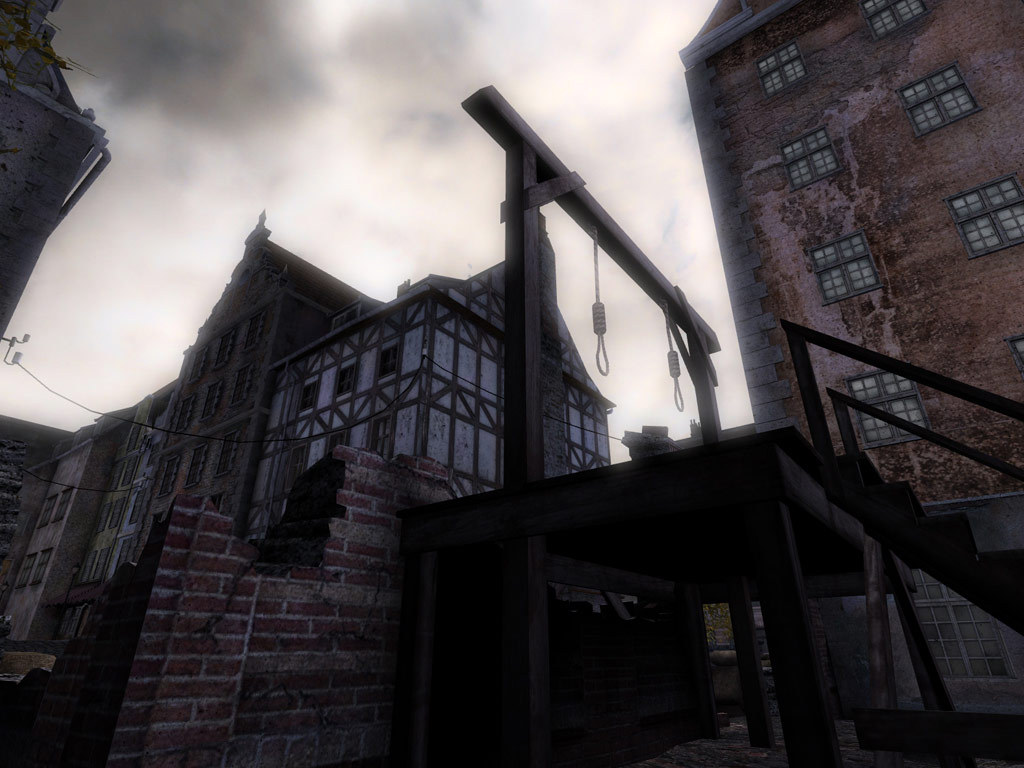
Originally a popular modification for ‘Unreal Tournament 2003’, this World War II shooting game won an award and was later developed into a full game by Tripwire Interactive in 2006. It stood out for its realistic weapons, combined arms combat, and focus on tactical gameplay, featuring details like iron sights and accurate ballistics. The game continued to evolve with subsequent releases, adding more maps and vehicles.
Natural Selection 2
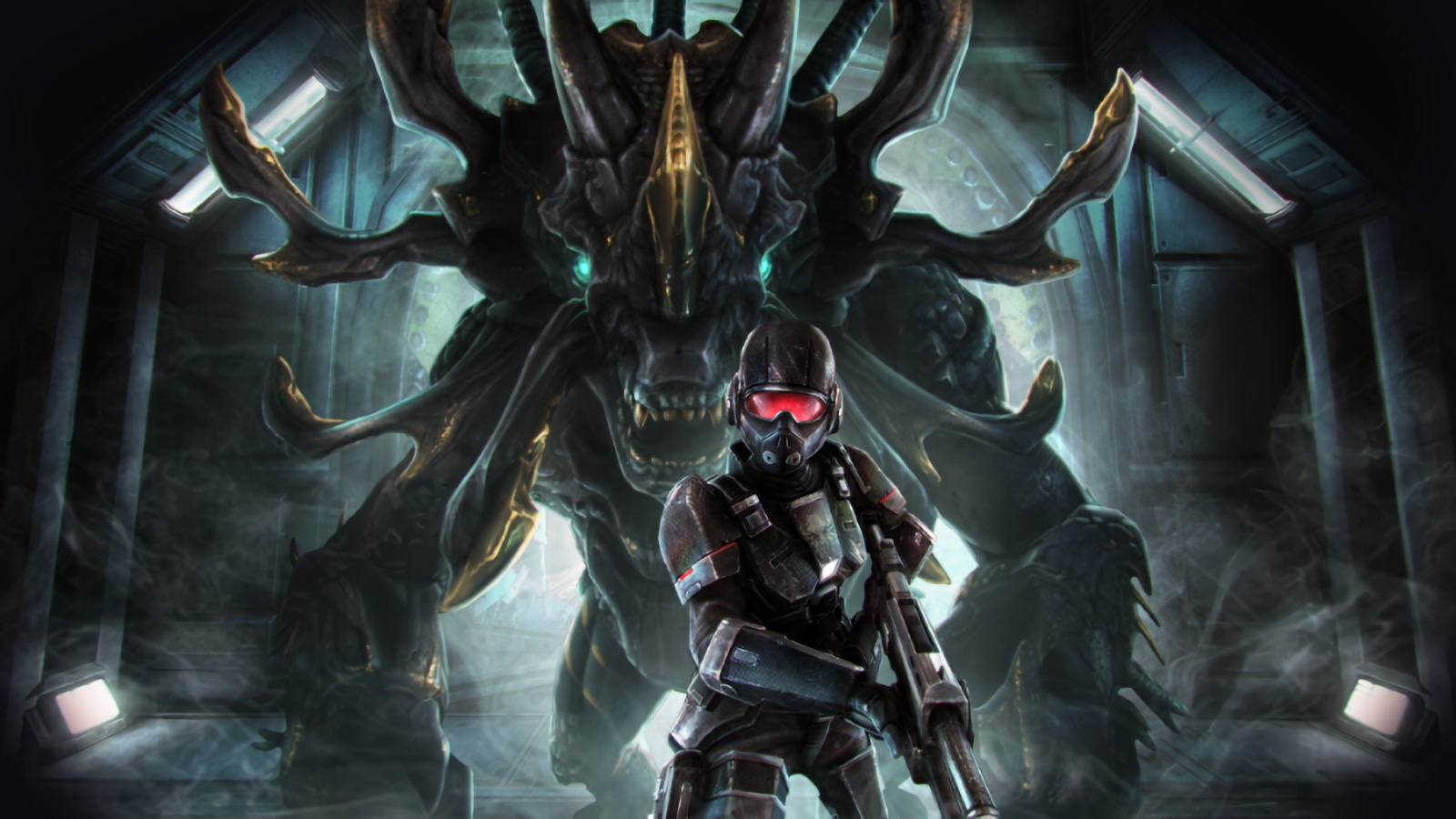
Originally released as a modification for the game ‘Half-Life’ in 2002, ‘Natural Selection’ combined first-person shooting with real-time strategy gameplay. The creators, Unknown Worlds, later developed a standalone sequel built with a new engine, featuring a unique commander perspective. The sequel maintained the core concept of teams battling as either marines or aliens, and introduced a system where alien infestations could change dynamically. Regular updates continued to improve the game’s balance and performance, especially for competitive players.
Chivalry: Medieval Warfare
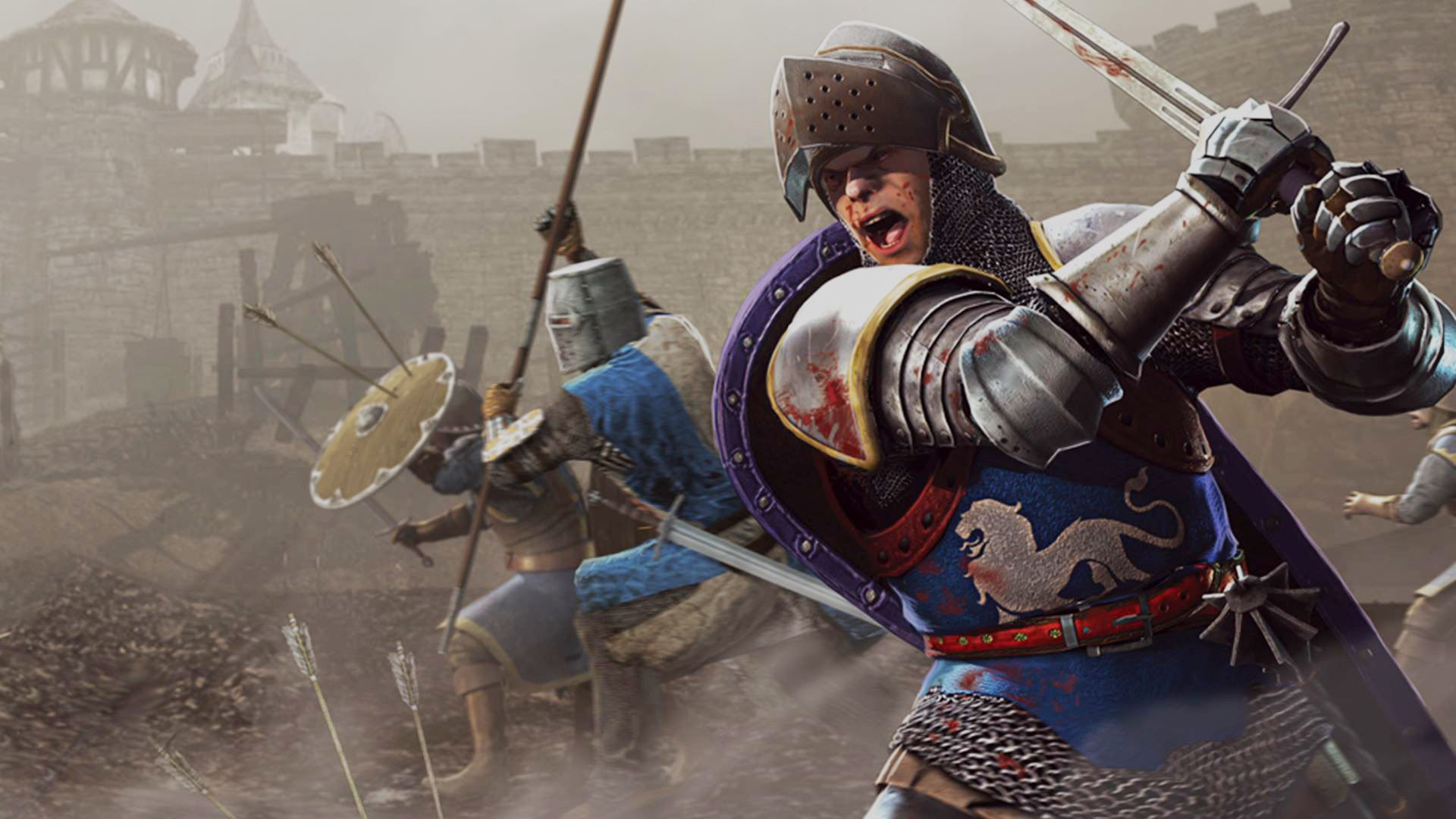
Originally a modification for ‘Half-Life 2’ called ‘Age of Chivalry’, this game evolved into a standalone melee combat title released by Torn Banner Studios in 2012. It emphasized skillful sword fighting, requiring players to master timing, blocking, feints, and stamina management. The game’s popularity led to sequels and the addition of new game modes.
Black Mesa
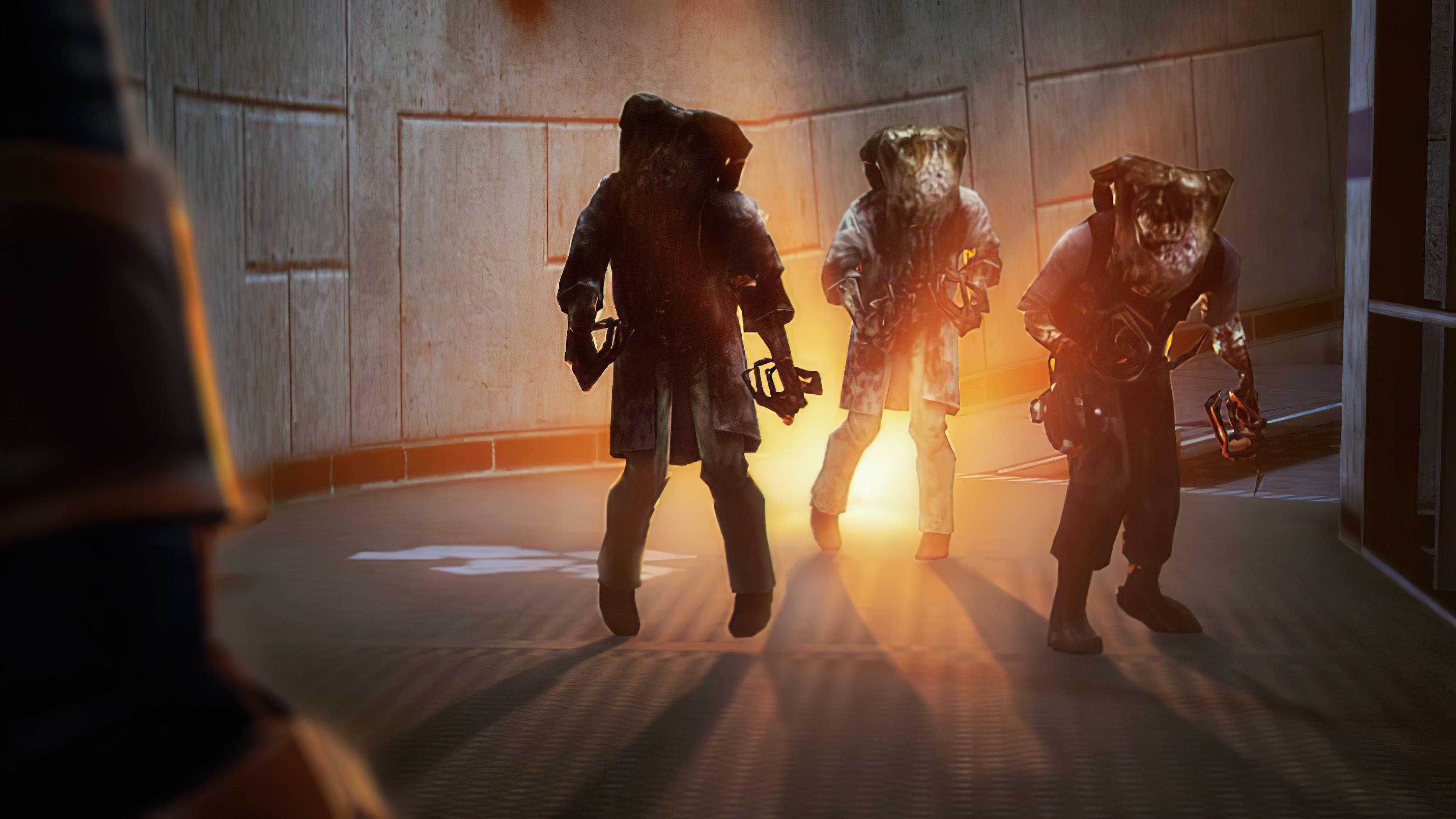
Originally a fan-made modification of ‘Half-Life’ using the Source engine, this project grew into a full, standalone game developed by Crowbar Collective. They rebuilt the game with updated graphics and design, completely reimagining levels – including the Xen chapters – while staying true to the original’s layout and feel.
The Forgotten City
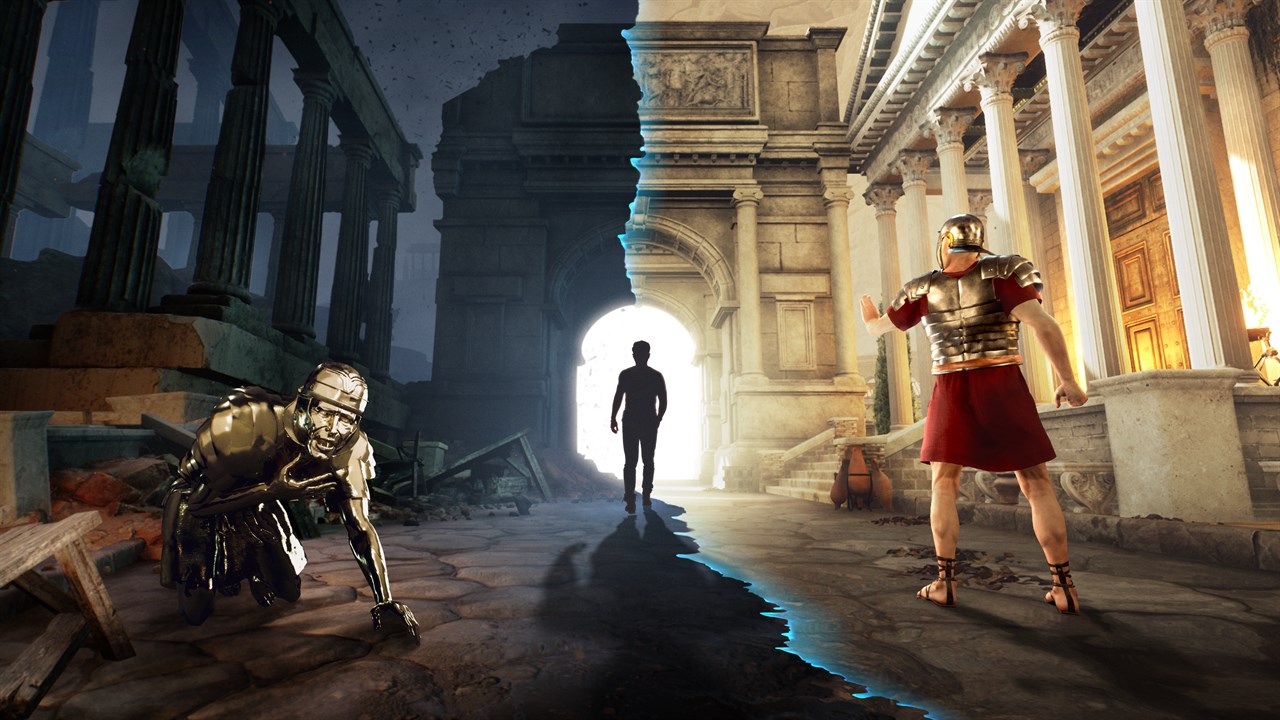
Originally a popular mod for ‘The Elder Scrolls V: Skyrim’, this time loop mystery was reimagined as a full, standalone game in 2021. The new version features a Roman setting and fresh characters, keeping the core loop gameplay and meaningful choices, but built independently from the original game’s files. Enhanced with professional voice acting and a new musical score, it expanded on the mod’s success with a complete release.
Enderal: Forgotten Stories
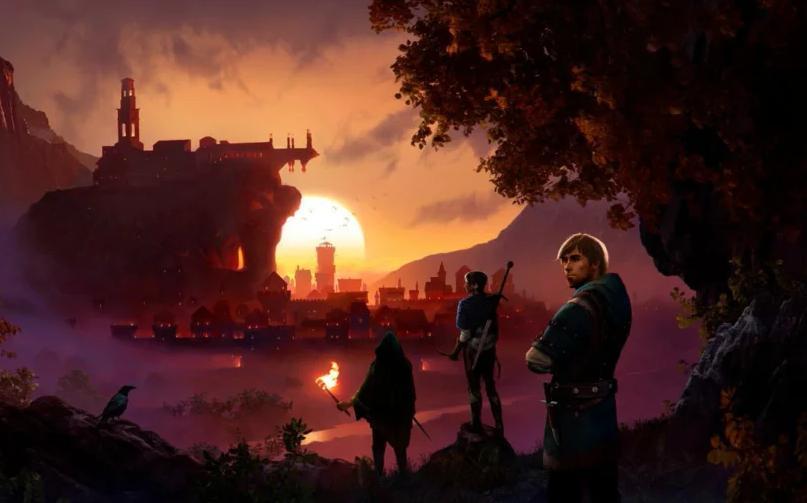
Originally a large-scale modification for ‘Skyrim’ created by SureAI, this project eventually became a completely separate game available on Steam. It doesn’t require the original ‘Skyrim’ game to play and features its own unique world, skills, and storyline, distinct from the world of Tamriel. The developers have continued to release updates, improving the game’s performance and making it accessible to more players through better language support.
No More Room in Hell
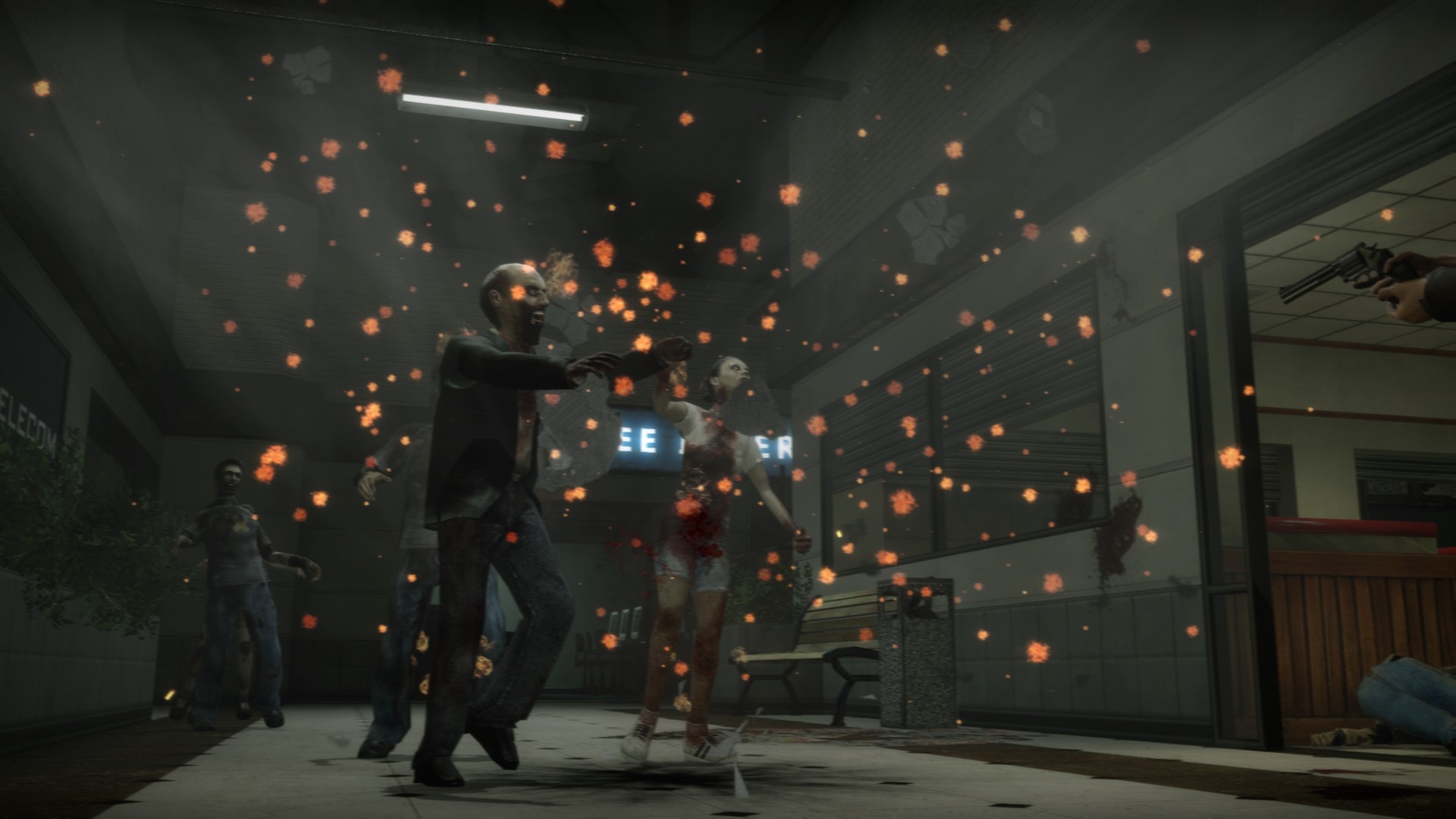
Starting as a modification for ‘Half-Life 2’, this game evolved into a full, standalone zombie survival experience available on Steam. It focuses on teamwork, forcing players to cooperate under pressure with its eight-player co-op and permadeath system. The game builds tension through limited resources, the need for clear communication, and a slow, creeping infection. Over time, the developers have consistently improved the game with new weapons, maps, and features to enhance the player experience.
The Ship
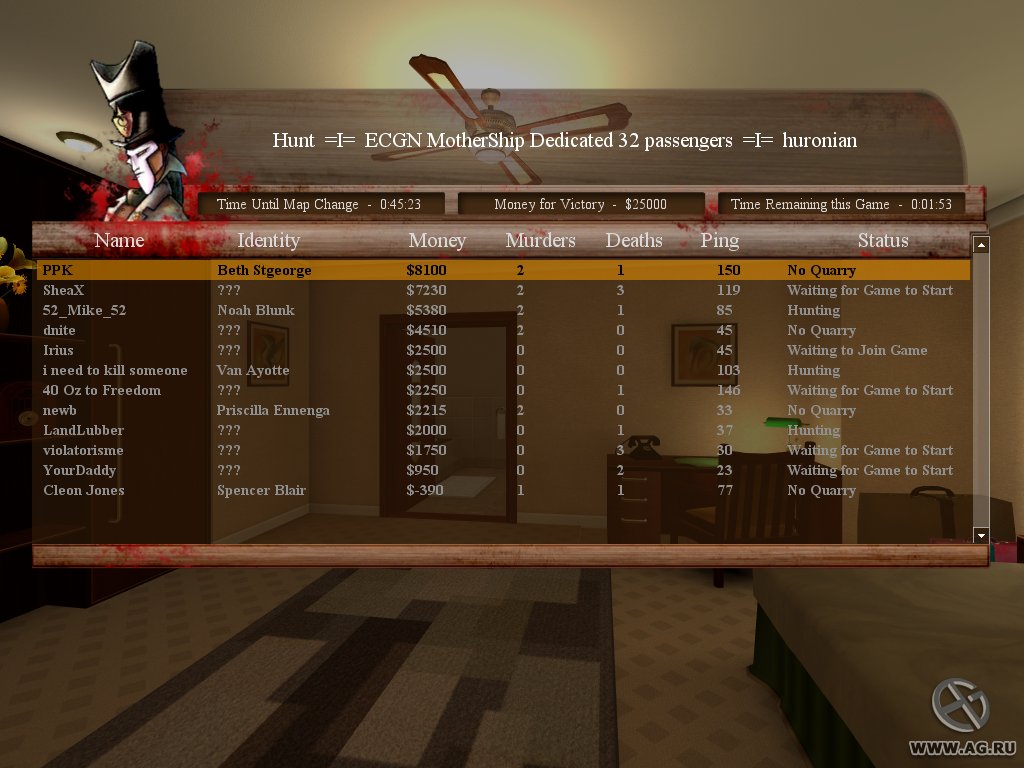
Originally a modification for the game ‘Half-Life’, ‘The Ship’ began as a game about blending in and secretly eliminating targets on ocean liners. It evolved into a standalone game built with the Source engine, featuring round-based gameplay and a unique ‘hidden quarry’ system. Players must carefully manage their character’s needs while evading both guards and other players hunting them. The game’s innovative design has inspired many subsequent social deduction and stealth games.
Gunman Chronicles
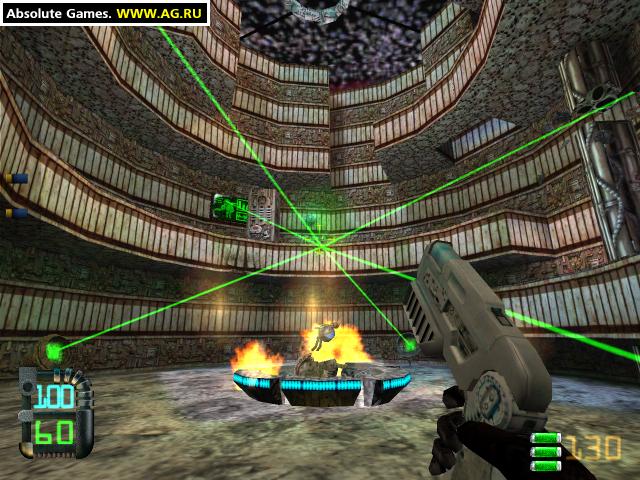
Originally a modification for the game ‘Quake II’, this science fiction shooter was later rebuilt using the ‘Half-Life’ engine. Sierra Entertainment released it as a full game in 2000, featuring weapons players could customize and settings on alien planets. It’s a great example of how a popular community-created mod can become a commercially sold game, and it also highlighted how adaptable weapon systems could be even within a straightforward story campaign.
Squad
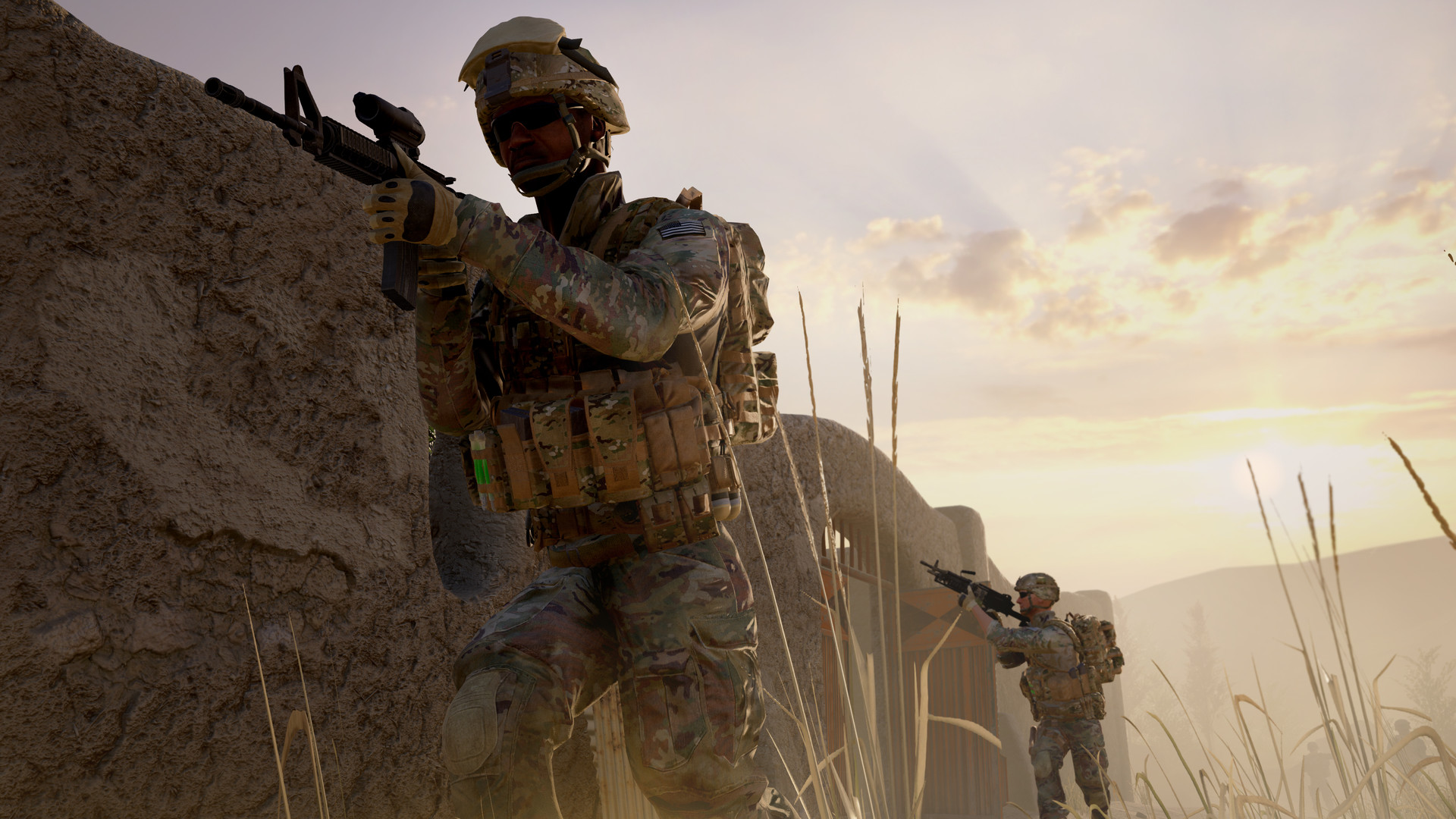
Squad began as a realistic modification (‘mod’) for the game Battlefield 2, originally called ‘Project Reality’. The full game features large maps, voice communication based on proximity, and missions that require players to manage supplies and work together. It focuses on teamwork within squads, building defenses, and using vehicles in a coordinated way. Over time, the developers have added new armies, helicopters, and increased the game’s ability to be customized with player-created content.
Let us know your favorite games and mods in the comments! Also, tell us which modded game you think more people should be playing.
Read More
- The Unexpected Triumph of Novo Nordisk: A Dividend Hunter’s Delight
- Gold Rate Forecast
- XRP On The Brink: Are We About To Witness Crypto Fireworks Or Just Another Fizzle? 🎭
- General Hospital Recap, July 23 Episode: Drew Suspects Willow of Stalking Daisy
- Superman Lore Changed Forever? YOU WON’T BELIEVE WHAT HAPPENS!
- AI Investing Through Dan Ives’ Lens: A Revolutionary ETF
- Bitcoin’s Paradox: Billionaire Buys, Price Stagnates
- Brent Oil Forecast
- Tokenized Shares: Crypto’s Mirage of Innovation
- Big Sell on Big Data: When Even the Suits Say ‘Enough’s Enough’
2025-10-30 21:16